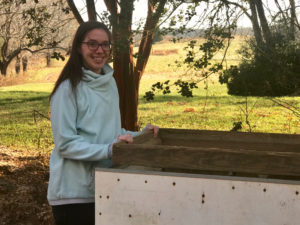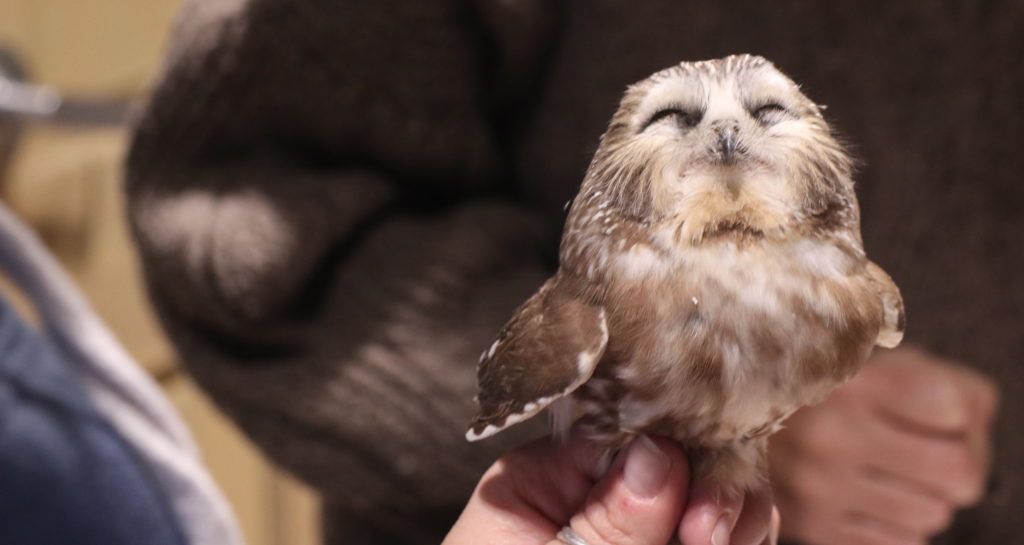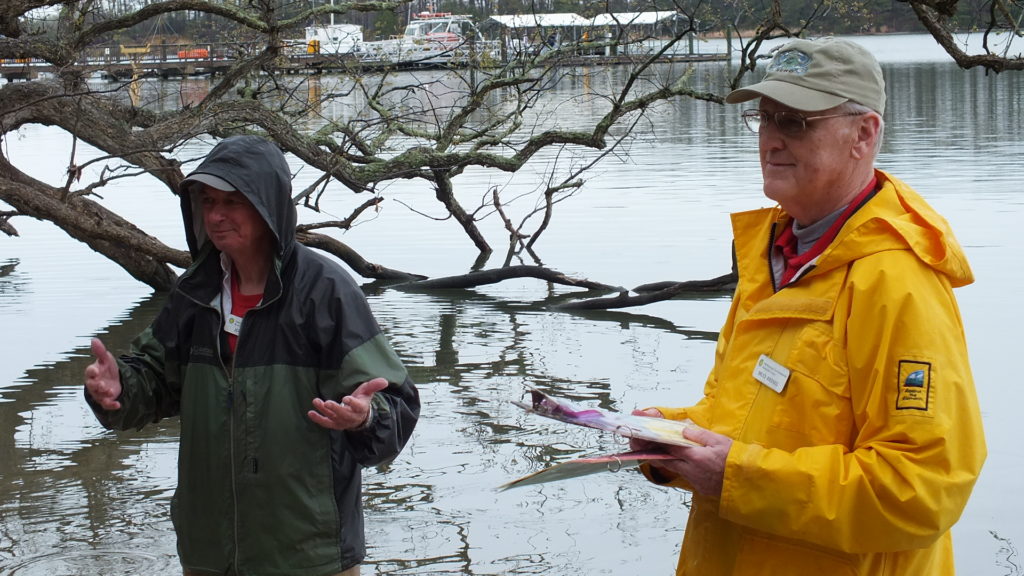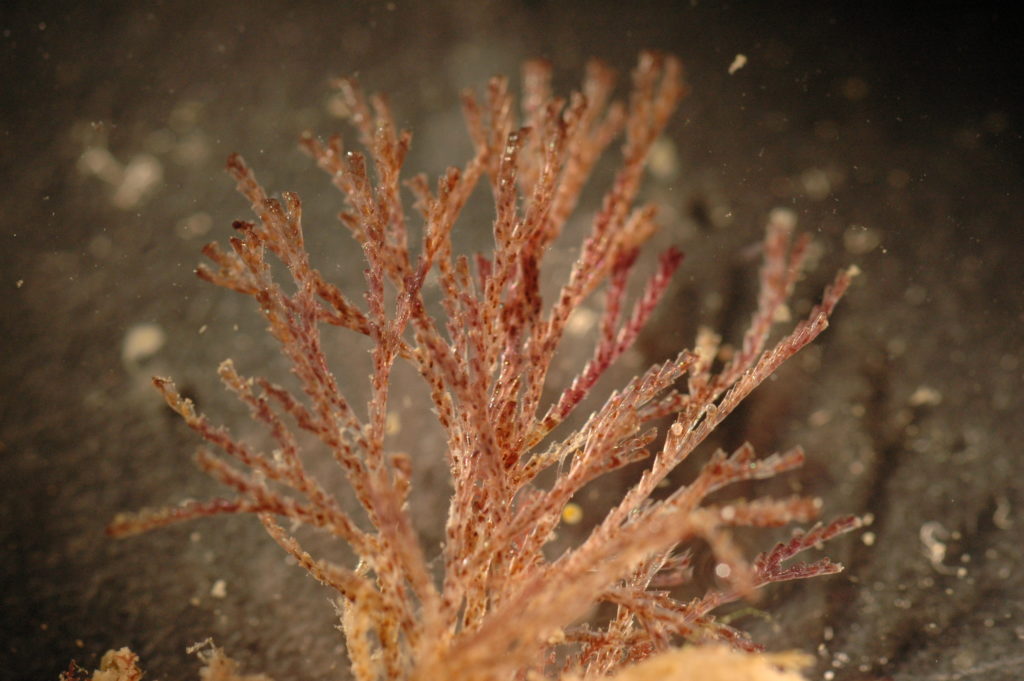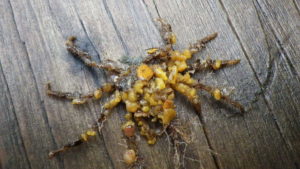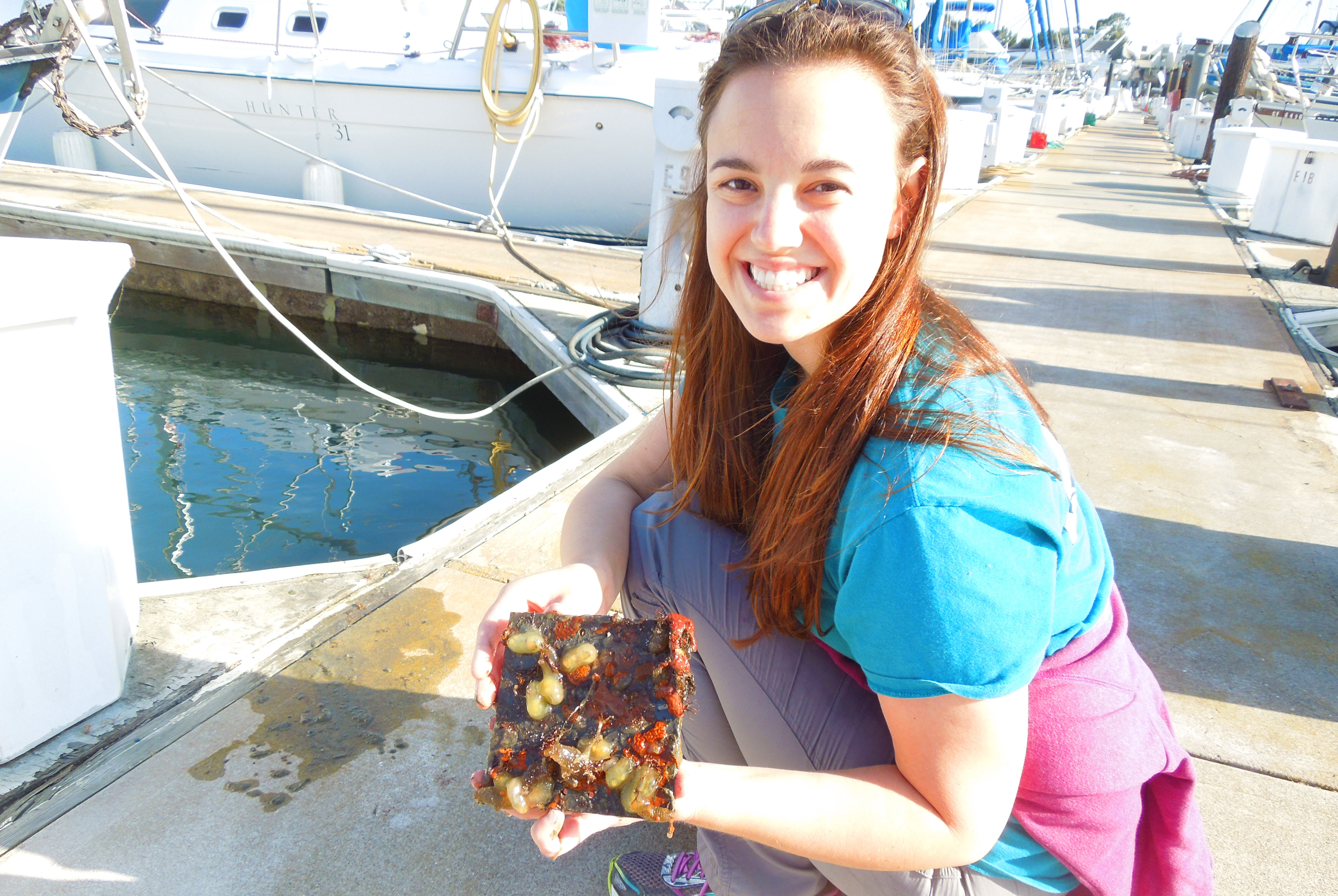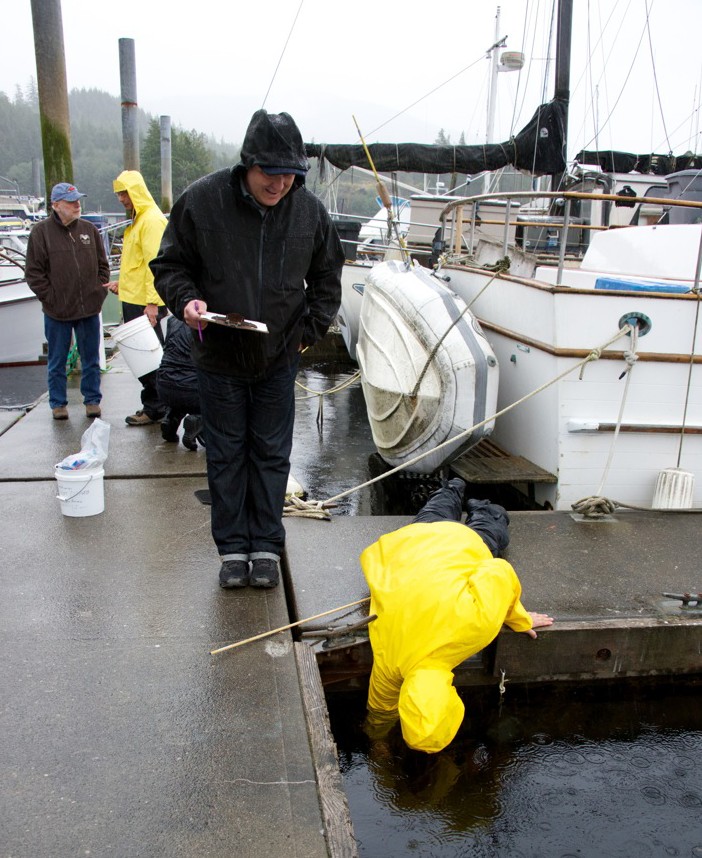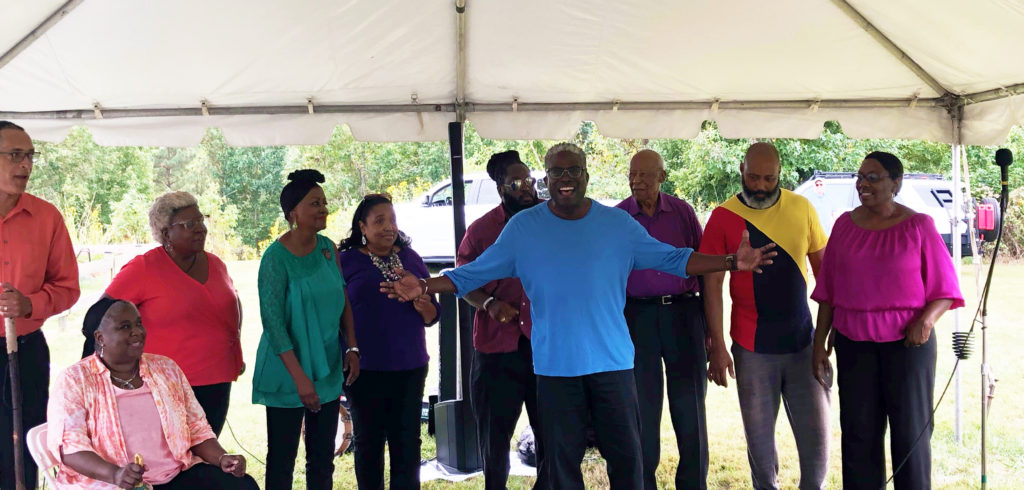
A capella group Washington Revels Jubilee Voices, at the Chesapeake Music Festival.
(Credit: Kristen Minogue/SERC)
by Sarah Wade
This article originally appeared in the November issue of the Smithsonian’s Sustainability Matters newsletter.
One small bag that could fit into an office-sized trash can. That’s all the waste that remained after a concert with more than 300 attendees, over 50 staff and volunteers, eight performing groups and four food vendors. Surrounding it, eight recycling containers and four composting bins waited for pickup. By and large, the first Chesapeake Music Festival achieved its goal of near-zero waste, to the exhausted but happy relief of its organizers.
Months of effort went into that lone trash bag: working with vendors, buying supplies, and encouraging the public to bring their own water bottles to cut down on single-use plastics.
Part of the Smithsonian Year of Music, the Chesapeake Music Festival on Sept. 14 included performances from Don Shapelle, Jeff Holland and That West River Band, Washington Revels Jubilee Voices and other folk singers from around the Bay. But when the Smithsonian Environmental Research Center (SERC) and the Arundel Rivers Federation teamed up to hold it, they had an even loftier target: make it zero waste. Click to continue »


